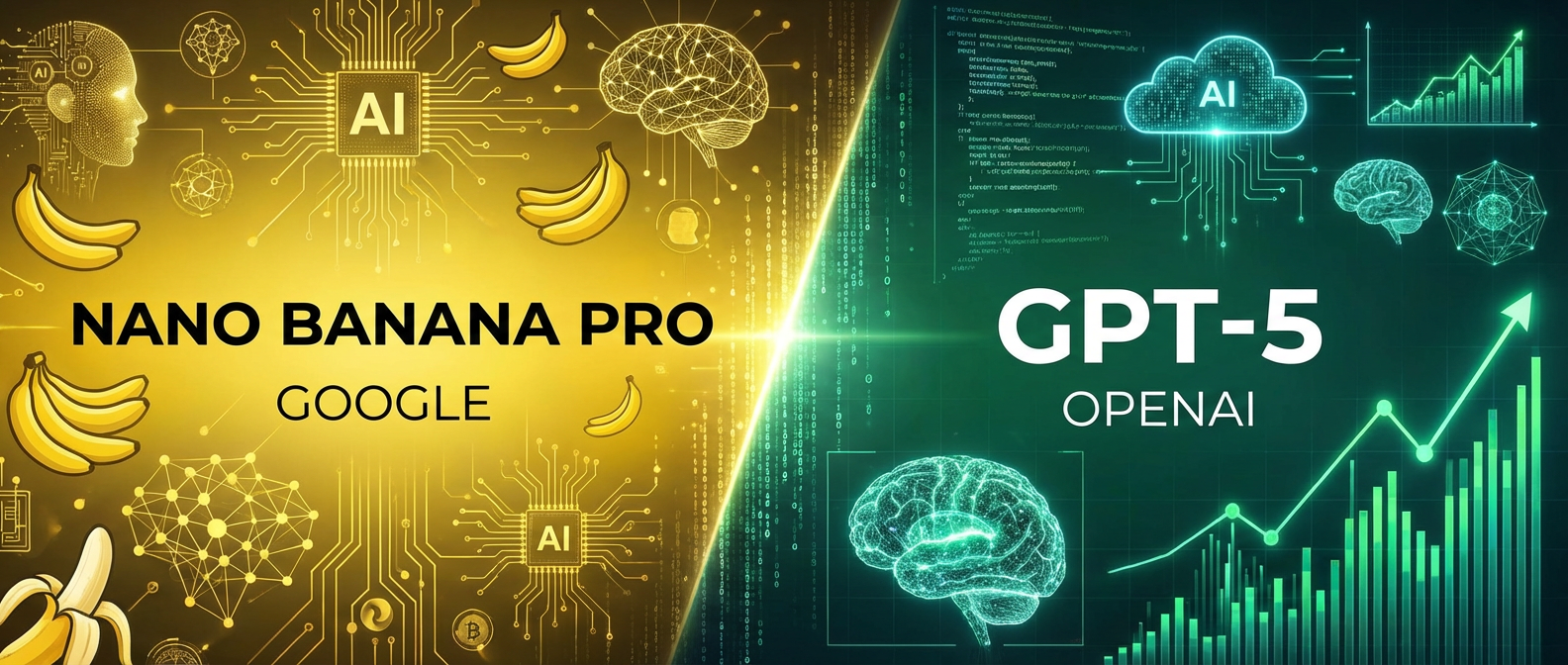Right as I write this article, AI video generation is experiencing growth and change. More and more solutions and groundbreaking platforms now emerge. They will (hopefully) help to forever change how we create visual content. I’ve been doing videos ‘in a manual way’ for 10 years, and recently been very interested in all of the progress in AI video generation. Sora was first, but its availability is limited. But its two notable contenders are Luma AI and Kling AI. They have now captured the attention. of creators and tech enthusiasts alike. Both platforms boast impressive capabilities, but they cater to distinct needs and audiences. This article delves into the details of Luma Dream Machine and AI model vs Kling AI. It explores their strengths, weaknesses, and how they compare in the ever-changing world of AI video creation.

Luma AI: Democratizing Video Creation with User-Friendly Tools
Luma AI is led by Luma Labs. It has had a big impact with its Dream Machine. The platform is designed to empower users with little technical skill to make pro-quality videos. Luma AI focuses on making video production easier. It makes it accessible to more people and businesses.
Key Features of Luma AI's Dream Machine:
Simple Text-to-Video Conversion: At the heart of Luma AI is its ability to transform written descriptions into visually engaging videos. Users provide a text prompt. The AI engine handles the rest. It makes compelling visuals based on the provided instructions.
Intuitive Interface: The Dream Machine boasts a user-friendly interface that minimizes the learning curve. Even individuals with limited technical experience can navigate the platform and produce professional-grade videos with ease.
Customization Options: Luma AI empowers users to tailor their videos to their specific needs. Options for adjusting color palettes, fonts, transitions, and other visual elements allow for greater control over the final product.
Seamless Integration: The platform seamlessly integrates with other creative tools and workflows, enabling users to seamlessly incorporate Luma AI videos into their existing projects.
High-Resolution Output: Luma AI prioritizes quality, producing videos in high resolution that are sharp and clear, suitable for various applications, including professional presentations, marketing materials, and online content.

Luma AI in Action:
Luma AI's Dream Machine has found applications across various sectors:
Marketing and Advertising: Businesses are utilizing the platform to create engaging promotional videos, social media content, product demonstrations, and compelling advertising campaigns.
Education and Training: Schools and training programs use Luma AI. They use it to make video-based learning materials. The materials are interactive and engaging. They improve student understanding and engagement.
Creative Project: Creatives have started using Luma AI for short films, documentaries, and music videos.
Kling AI: Pushing the Boundaries of Realism with Cutting-Edge Technology
Kling AI is a very new entrant from China. It has quickly become a force in the AI video generation arena due to its availability and capabilities. Kling AI's platform is powered by advanced transformer models and diffusion technology. In my opinion, it has exceptional ability to make very realistic and coherent videos even now. These videos rival those of leading platforms like Sora – which is made by a leading AI team. So that seems to be a great alternative and a good option to start with.

Kling AI's Key Strengths:
Sora-Level Realism: Kling AI's videos are remarkably realistic, exceeding expectations in terms of visual detail, motion fluidity, and overall coherence.
Multi-Resolution Support: The platform supports various resolutions, including full HD (1080p), providing flexibility for different video applications and audiences.
Understanding of Real-World Physics: Kling AI's videos exhibit an understanding of the laws of physics, with objects and movements behaving naturally.
Longer Video Generation: Kling AI enables users to generate videos up to 2 minutes long, expanding creative possibilities for longer-form narratives and storytelling.
Kling AI in Action:
Examples of Kling AI's video generation capabilities are impressive:
Scenic Landscapes: The platform can generate stunning visuals of natural environments, capturing the nuances of light, shadow, and movement in a way that feels remarkably authentic.
Human Interaction: Kling AI excels at generating videos featuring human characters, with realistic facial expressions, body movements, and interactions that are remarkably lifelike.
Creative Concepts: The platform can bring imaginative concepts to life. It can depict fantastical creatures, dream-like scenes, and abstract visuals. These ideas push the boundaries of traditional video creation.
Luma vs Kling AI: A Comparative Analysis
Choosing between Luma AI and Kling AI depends on your specific requirements and priorities. Do you like something that is much simpler to use? Or is realism and true-to-life look is important to you?
When to Choose Luma AI:
Ease of Use: If user-friendliness is paramount, Luma AI's intuitive interface and simple text-to-video conversion process make it an ideal choice.
Customization and Integration: If you need greater control over the visual elements and want seamless integration with other creative tools, Luma AI offers a strong advantage.
When to Choose Kling AI:
Extreme Realism: If you prioritize the highest level of realism and coherence in your videos, Kling AI's cutting-edge technology is likely to deliver the most impressive results.
Longer Videos: If your projects require videos exceeding the typical length limitations of other AI platforms, Kling AI's ability to generate videos up to 2 minutes long is a significant advantage. So, not just short scenes and animations, but longer films with longer cuts.
The Future of AI Video Generation: A Continued Evolution
Both Luma AI and Kling AI are actively pushing the boundaries of what's possible with AI video generation here and now. These platforms continue to evolve and improve their algorithms. We can expect even more impressive features in the future. The ongoing competition between them drives fast advances in the field – especially when competing with OpenAI’s text to video model. This kind of competition benefits creators and consumers.
What is great is – you can try both of the models now. We even written a tutorial on how to access Kling AI, you can read it here: https://writingmate.ai/blog/get-access-to-kling-ai
I have also recently compared Kling to Sora, the most known video generation AI. Here is that comparison: https://writingmate.ai/blog/sora-vs-kling
In conclusion, Luma AI and Kling AI have different approaches to AI video generation. Each caters to different needs and has unique strengths. By understanding their features and capabilities, users can make informed decisions. They can choose which platform best aligns with their vision and goals. The AI video generation landscape is evolving right before our eyes. I look forward to an exciting future. It will be filled with new tools, strong tech, and much more creative options.
To explore more about AI and its capabilities, visit the Writingmate blog for detailed articles and tips.
Written by
Artem Vysotsky
Ex-Staff Engineer at Meta. Building the technical foundation to make AI accessible to everyone.
Reviewed by
Sergey Vysotsky
Ex-Chief Editor / PM at Mosaic. Passionate about making AI accessible and affordable for everyone.



